We’re sending Raspberry Pi computers to space for the European Astro Pi Challenge
We’re super excited to announce that the European Astro Pi Challenge is back for another year of amazing space-based coding adventures.
This time we are delighted to tell you that we’re upgrading the Raspberry Pi computers on the International Space Station (ISS) and adding new hardware to expand the range of experiments that young people can run in space!
What’s new with Astro Pi?
The first Astro Pi units were taken up to the ISS by British ESA astronaut Tim Peake in December 2015 as part of the Principia mission. Since then, 54000 young people from 26 countries have written code that has run on these specially augmented Raspberry Pi computers.
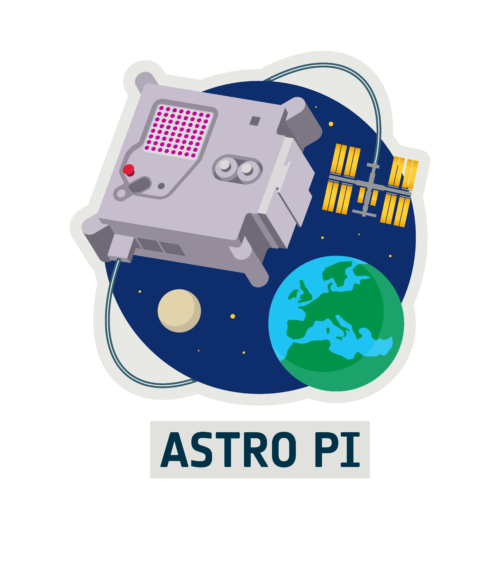
Working with our partners at the European Space Agency, we are now upgrading the Astro Pi units to include:
- Raspberry Pi 4 Model B with 8GB RAM
- Raspberry Pi High Quality Camera
- Google Coral machine learning accelerator
- Colour and luminosity sensor
- Passive infrared sensor
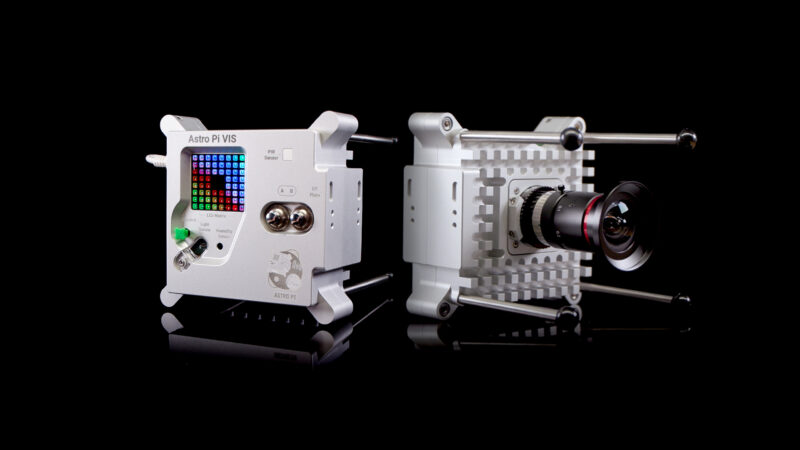
The units will continue to have a gyroscope; an accelerometer; a magnetometer; and humidity, temperature, and pressure sensors.
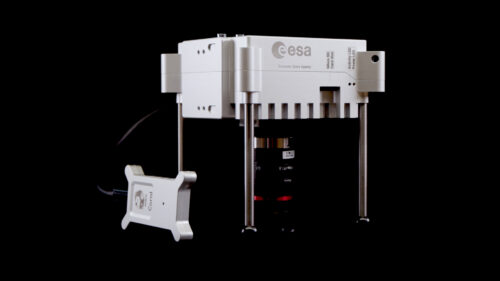
The new hardware makes it possible for teams to design new types of experiments. With the Raspberry Pi High Quality Camera they can take sharper, more detailed images, and, for the first time, teams will be able to get full-colour photos of the beauty of Earth from space. This will also enable teams to investigate plant health thanks to the higher-quality optical filter in conjunction with the IR-sensitive camera. Using the Coral machine learning accelerator, teams will also be able to develop machine learning models that allow high-speed, real-time processing.
Getting into space
The Astro Pi units, in their space-ready cases of machined aluminium, will travel to the ISS in December on the SpaceX Dragon Cargo rocket, launching from Kennedy Space Center. Once the resupply vehicle docks with the ISS, the units will be unpacked and set up ready to run Astro Pi participants’ code in 2022.
Getting the units ready for launch has been a significant effort from lots of people. Once we worked with our friends at ESA to agree on the new features and hardware, we commissioned the design of the new case from Jon Wells. Manufacturing was made significantly more challenging by the pandemic, not least because we weren’t able to attend the factory and had to interact over video calls.
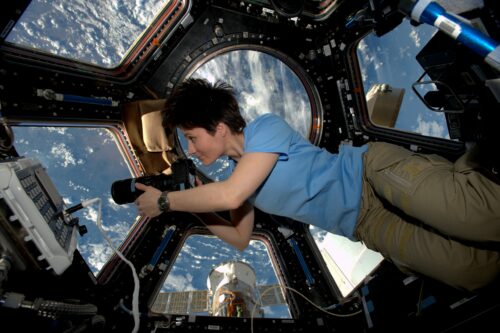
Once we had the case and hardware ready, we could take on the huge battery of tests that are required before any equipment can be used on the ISS. These included the vibration test, to ensure that the Astro Pi units would survive the rigours of the launch; thermal testing, to make sure that units wouldn’t get too hot to touch; and stringent, military-grade electromagnetic emissions and susceptibility tests to guarantee that the Astro Pi computers wouldn’t interfere with any ISS systems, and would not themselves be affected by other equipment that is on board the space station.
Huge thanks to Jon Wells and our collaborators at Airbus, Google, MidOpt, and Shearline Precision Engineering for everything they’ve done to get us to the point where we were able to ship the new Astro Pi units to the Aerospace Logistics Technology Engineering Company (ALTEC) in Italy for final preparations before their launch.
There are two Astro Pi missions for young people to choose from: Mission Zero and Mission Space Lab. Young people can participate in one or both of the missions! Participation is free and open for young people up to age 19 in ESA member states (exceptions listed on the Astro Pi website).
Mission Zero
In Mission Zero, young people write a simple Python program that takes a sensor reading and displays a message on the LED screen. This year, participation in Mission Zero also gives young people the opportunity to vote for the names of the two new computers. Mission Zero can be completed in around an hour and is open to anyone up to age 19. (Young children may need support with typing to do the coding activity.) Every eligible entry is guaranteed to run on board the ISS, and participants will receive an official certificate with the exact time and location of the ISS when their program ran.
Mission Zero opens today and runs until 18 March 2022.
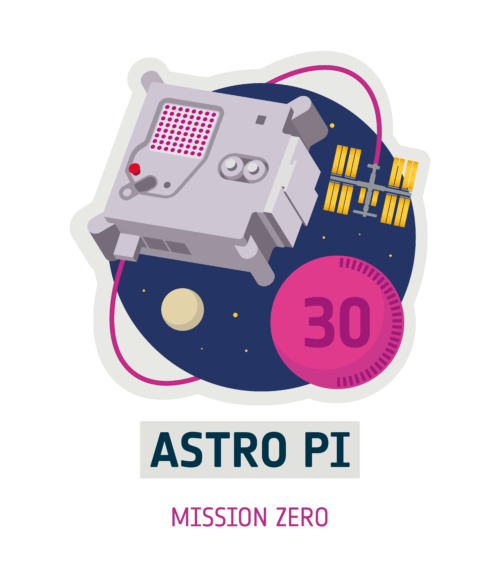
Mission Space Lab
Mission Space Lab is for teams of young people who want to run their own scientific experiments on the Astro Pi units aboard the ISS. It runs over eight months in four phases, from idea registration to data analysis.
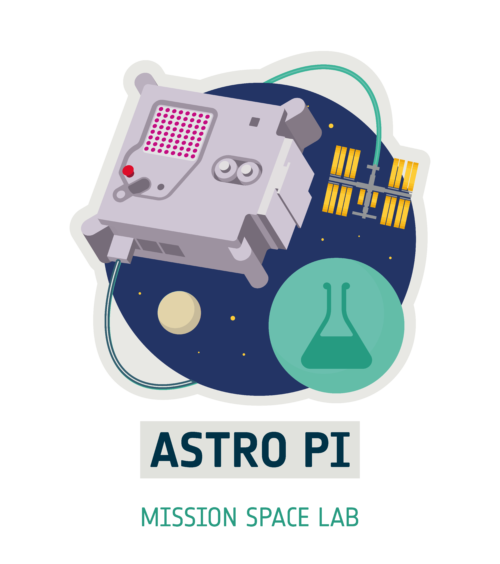
Have a look at the winning teams from last year for amazing examples of what teams have investigated in the past. But remember — the new Astro Pi computers offer exciting new ways of investigating life in space and on Earth. We can’t wait to see what ideas participants come up with this year.
To start, Mission Space Lab team mentors just need to send us their team’s experiment idea by 29 October 2021.
Follow our progress
You can keep updated with all of the latest Astro Pi news, including the build-up to the rocket launch in December, by following the Astro Pi Twitter account.

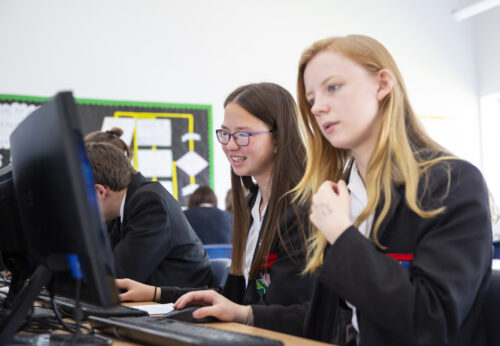

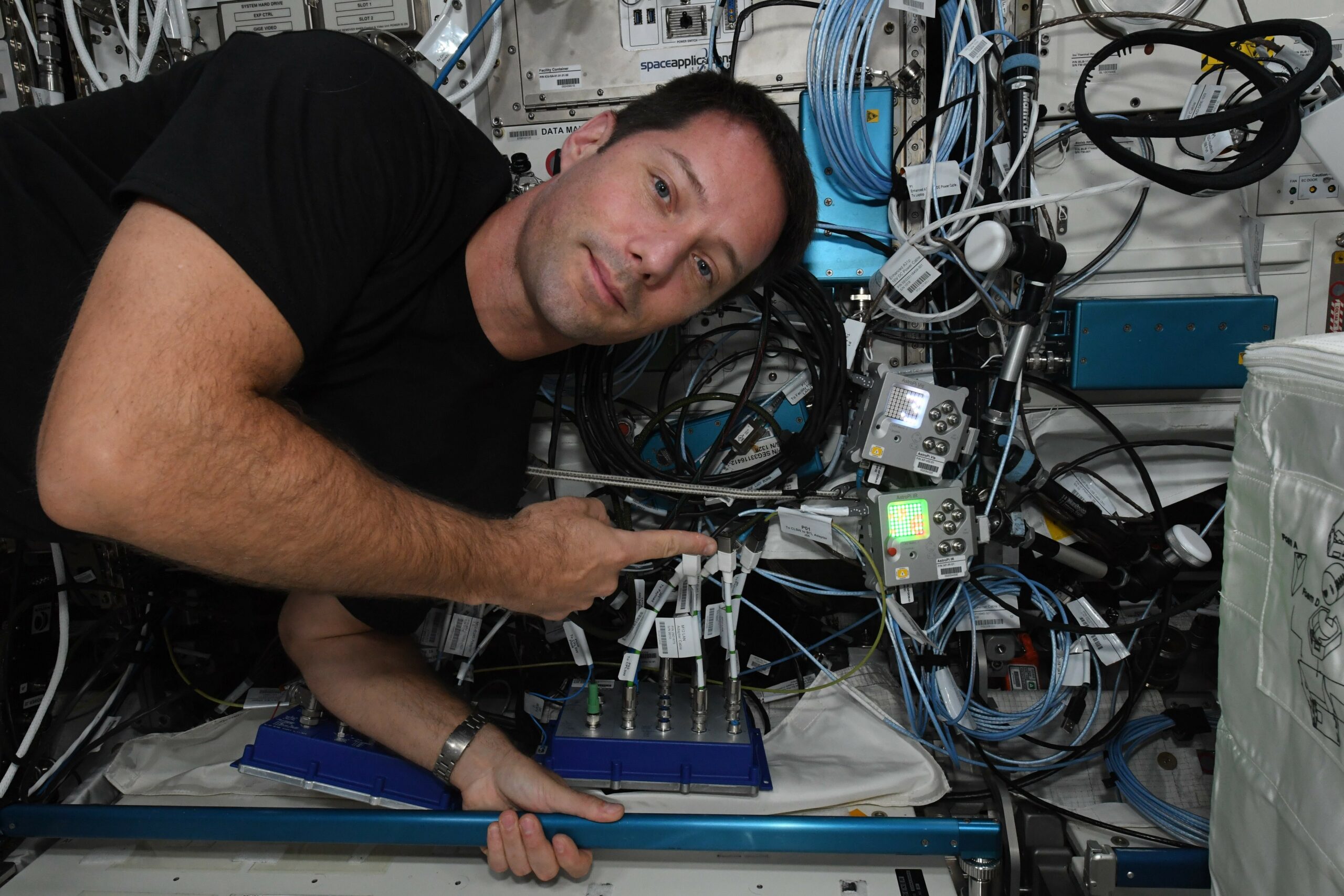
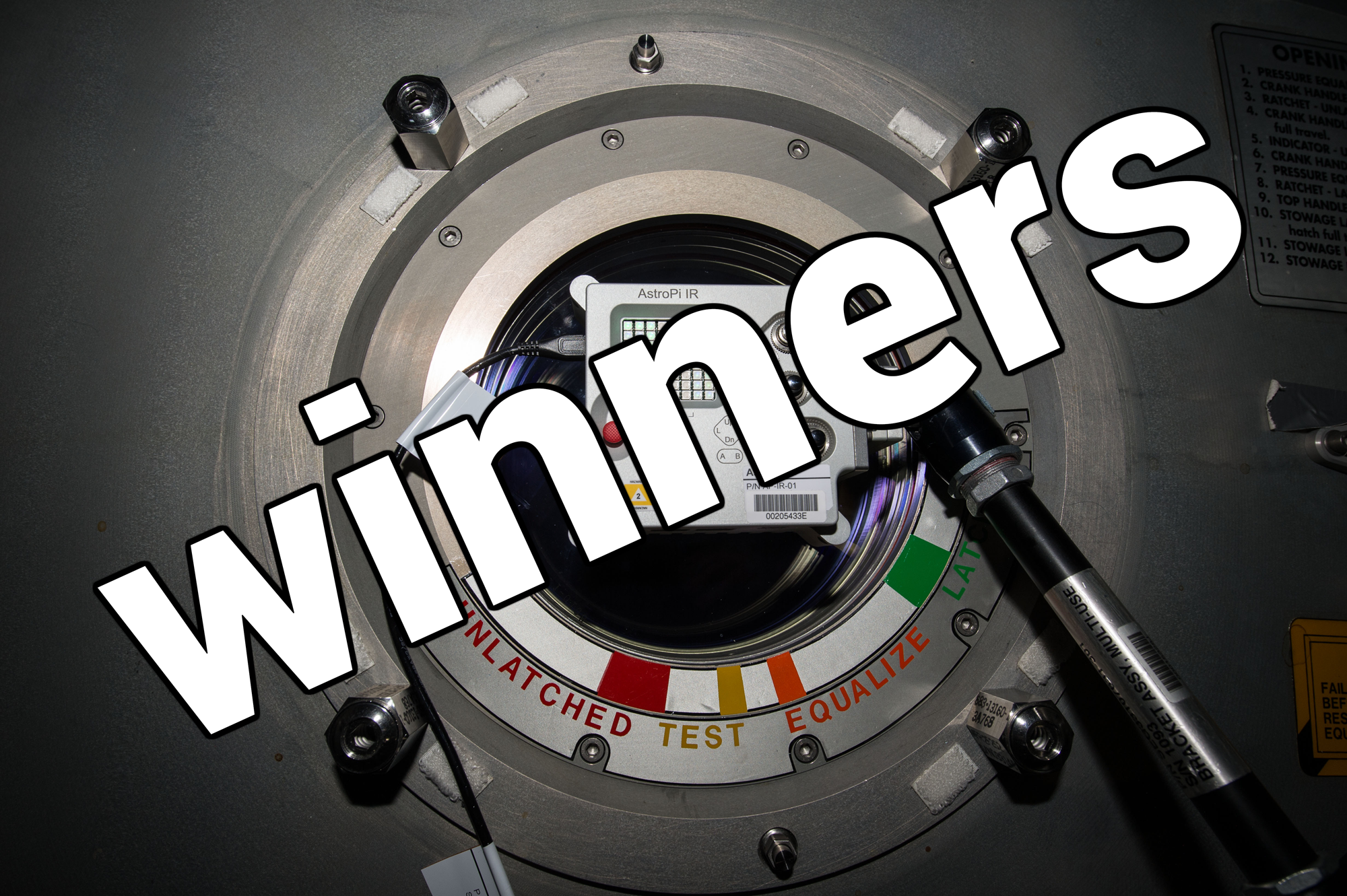
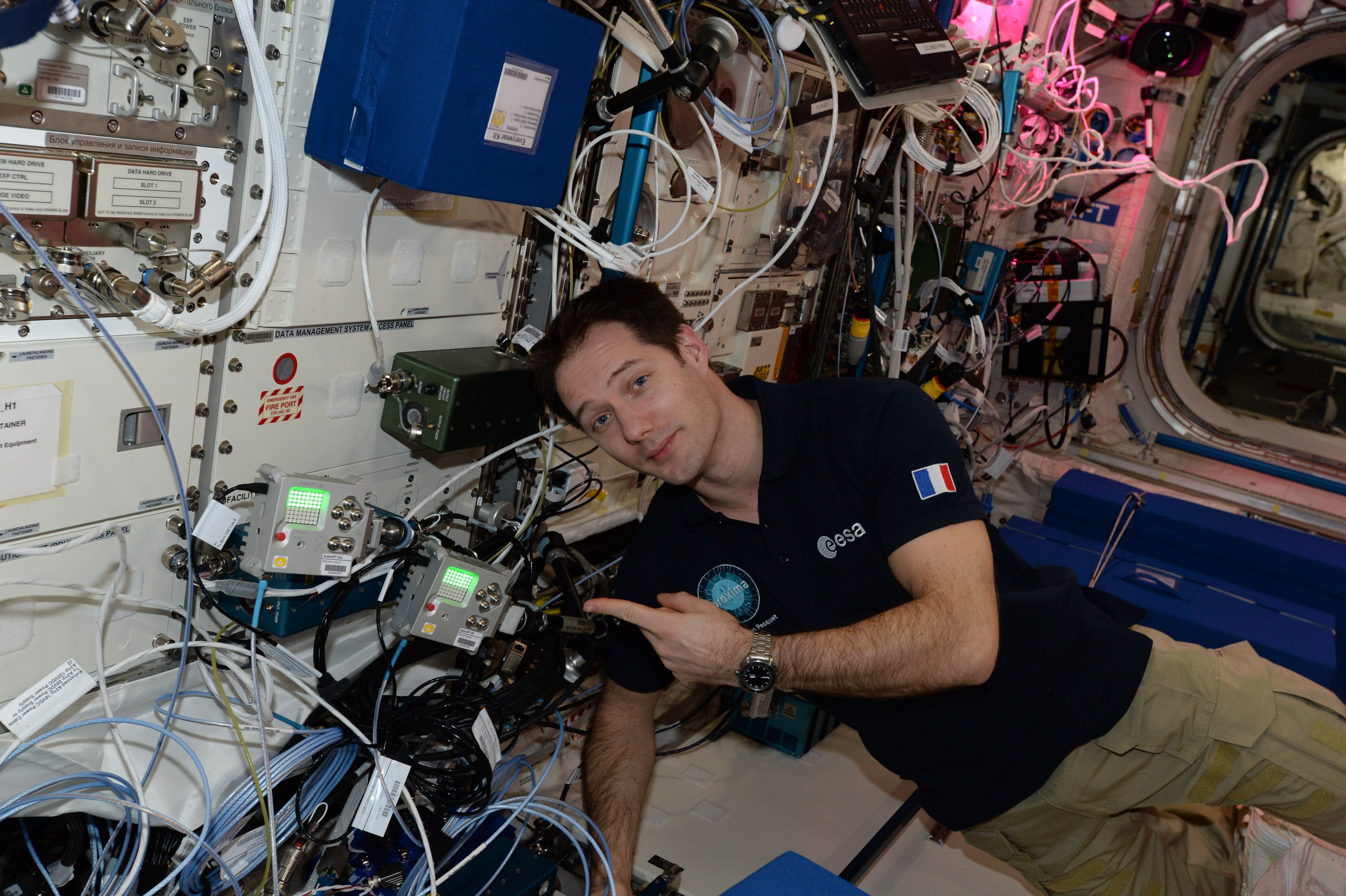

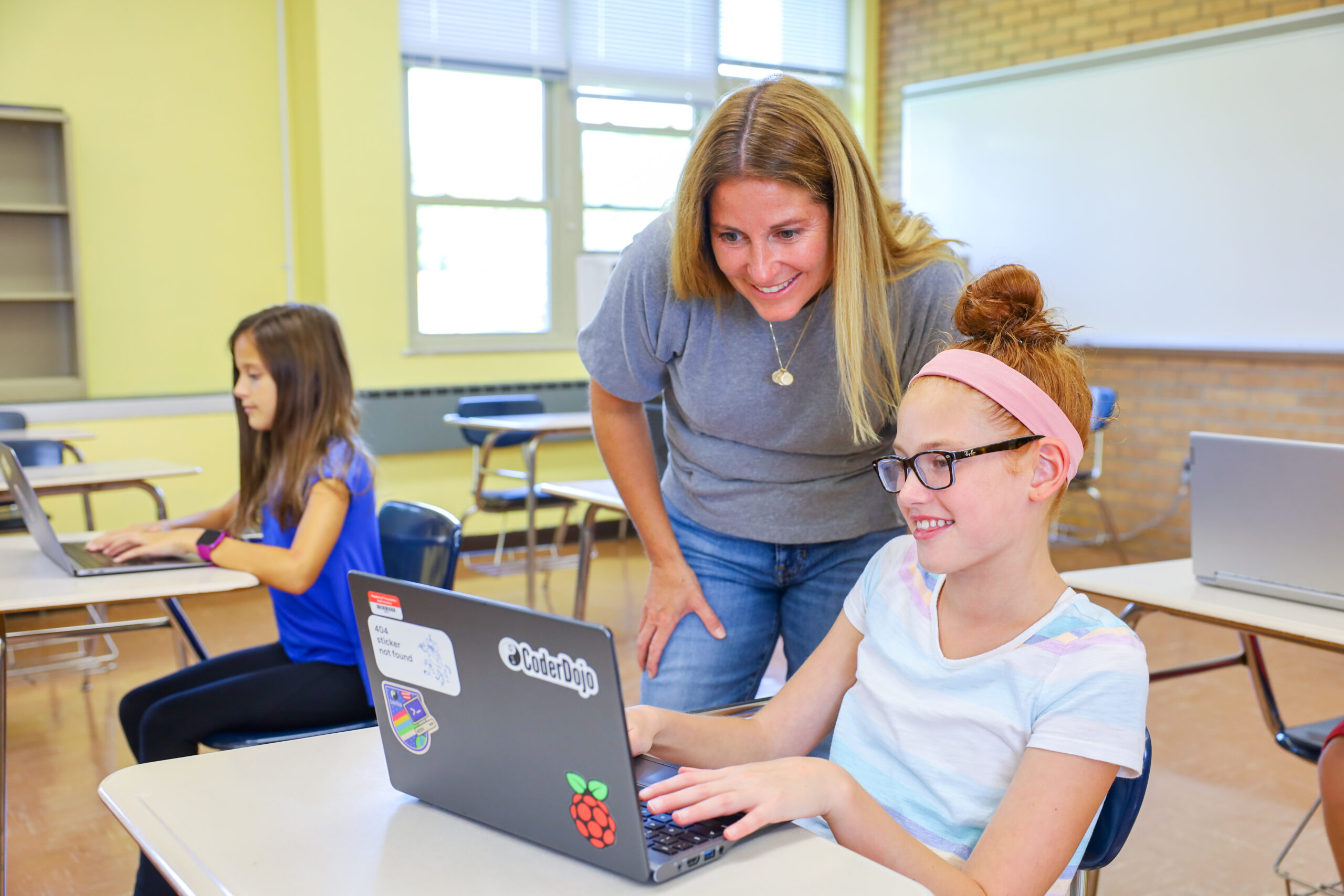

27 comments
Tony Abbey
I was a previous employee of the University of Leicester Space Research Dept, and helped develop cooled X-ray cameras for space missions. I would be interested to know if you can put a lens cap on the HQ camera module to see if it can see cosmic ray tracks.
Olympia Brown — post author
Now *there’s* a great idea for a team to try out!!
Tony Abbey
Let me know how you get on. There is a lot of software around for the R Pi and HQ camera. There is a Facebook group called Allsky Camera (https://www.facebook.com/groups/172438633343696) using the combination for time lapse videos. We use software from GitHub by Thomas Jaquin – there may be some useful R Pi code for doing something similar on the ISS – https://github.com/thomasjacquin/allsky
Anders
Fairly sure I saw these cameras being worked on in a lab that could be seen through a glass window from the corridor during a open day at Leicester.
Richard collins
WOW! Fantastic upgrade.
All I need now is a space station then I’ll have an excuse to make my own. ;)
Anders
It would be nice if the heatsink case could be licensed out so cheaper copies could be available. Or some engineering drawings. would like to build a copy of one of these. I had a laser print done of the last one, sprayed up to look like aluminium. It looked the part.
Richard
Well you be getting the original two Astro Pi units back?
If so, what plans do you have for them?
thagrol
Any chance of .stl files for the cases as with the previous models?
Bsimmo
If you read through the the specs on the AstroPi links, you’ll see 3D print data will come for the case.
There is a thread on the forum in general chat. Easier to chat and follow than the blog chat as you probably know.
Anders
Looking at the images here, a 3d print case won’t have the thermal properties that appear to be engineered into this new version.
bsimmo
Depends what you print it from, but it provides the shape etc so you should be able to cnc if your not printing metals.
Or at least adapt it to add heatsinks if they have built that into the case.
Wait and see what they provide.
Stewart Watkiss
Well done. I understand a huge amount of work is involved in getting new hardware onto the ISS.
The extra power of the Pi 4 and the high quality camera will be a big boost for the future projects.
Has the sense HAT had an upgrade, or is it just a standalone PIR sensor connected to the GPIO?
It would be good to be able to recreate this at home. There were 3D printable cases of the old version, but presumably with the new heat requirements of the Pi 4 it would be better with the aluminium as the heatsink. Any chance we could get a cheaper “copy” of the case?
bsimmo
Yes it is a V2 SenseHAT, confirmed in the forum (chat in general area).
Chris Evans
Pity there are no photo’s of the inside, I’d loved to have seen what is in there (in addition to the Pi itself) and how they fitted everything in.
Raspberry Pi Staff Janina Ander
The video includes an exploded view of the whole Astro Pi unit :)
Jack
This is an amazing resource and opportunity. Are there any plans for inclusion of students in North America (Canada, US, and Mexico)?
Raspberry Pi Staff Janina Ander
Unfortunately not, but we wouldn’t say no to the chance to talk to NASA about it!
Audrey
For past 1 year, I’m working in an research organization that is working on civil drones projects. Recently we use the Raspberry Pi High Quality Camera in our new drone project (Big bird) to view the internal pressure gauges measurement. I know it’s not reliable to see the gauge by camera but its just for R&D. The point is that I used this Respberrypi device 1st time and I really like it.
crumble
Is coral running on 32 or 64 bit OS?
Why is it in an external housing? Do you plan to add other USB stuff as well?
Raspberry Pi Staff Janina Ander
The housing is needed to make it safe for space travel and living on board the ISS.
Thomas
Is any of the hardware radiation-hardened, or is it a regular raspberry pi?
Raspberry Pi Staff Janina Ander
The special case is what makes the Raspberry Pis fit for living on the ISS. Look out for our ‘making of’ video about the new Astro PI units coming soon!
Sean
I had the same question as Jack….any plans to either open Astro Pi up to North Americans students, or have a North American option? I am a high school CS teacher and I know my students would love to participate in this,
Raspberry Pi Staff Janina Ander
Unfortunately not at the moment. We’d love to talk to NASA about it though!
Michael
I had friends talk about the mission zero. They were absolutely estatic about it and it’s awesome to hear and read about the technology and education out there for young teens.
Elfen
In using the R-Pi 4, has the overheating issue has been addressed? I posted this problem back in around 2017/18 that when using a R-Pi 2 or 3 and running it faster then 1GHz, that the inside temperature of the Astro Pi would heat up, making the temperature sensor on the Sense Hat inside the Astro Pi as useless though other Sense Hat sensors remained unaffected and still usable. At the time, this situation was unaddressable as no fix could be found other than keep using the older R-Pi Model B+ and having it run at 700MHz. Seeing an R-Pi 4 unit inside an AstroPi would suggest that the internal heating situation has been resolved. Personally, I would like to see how and apply such a fix to the Homemade Astro Pi I have with the R-Pi 3 in it.
This is great news to see and hear. More R-Pies in space!
Russ
The case is aluminum, so extra heat can surely be sucked off the Raspberry Pi and through the case and radiated off.